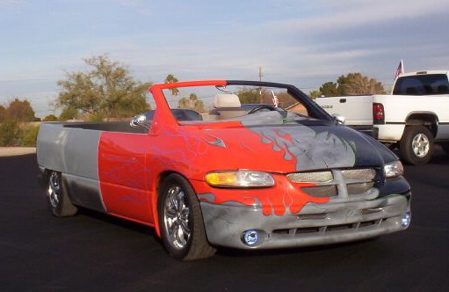I've been looking at a lot of tunes lately and I've noticed that there are a lot of people who lower their cars all the way. My question is why do they do that. Is it because they don't know they are doing?
I've just never had any success with cars that a slammed to the ground.
I've just never had any success with cars that a slammed to the ground.
Last edited:

